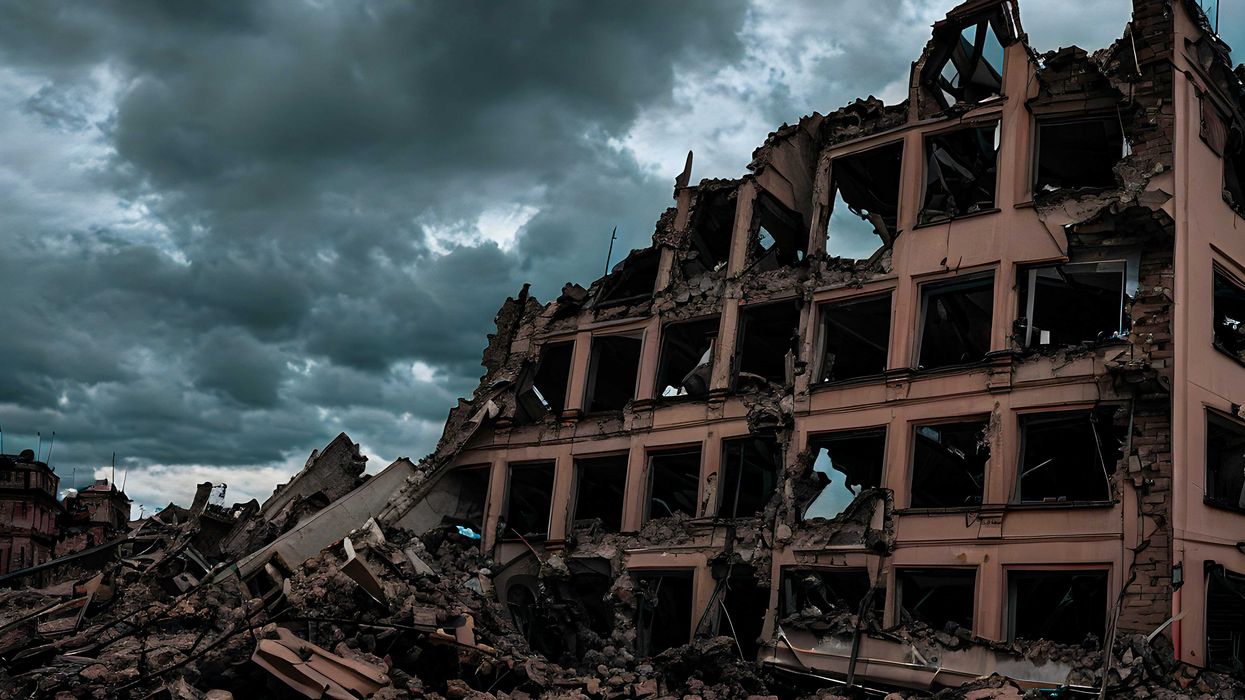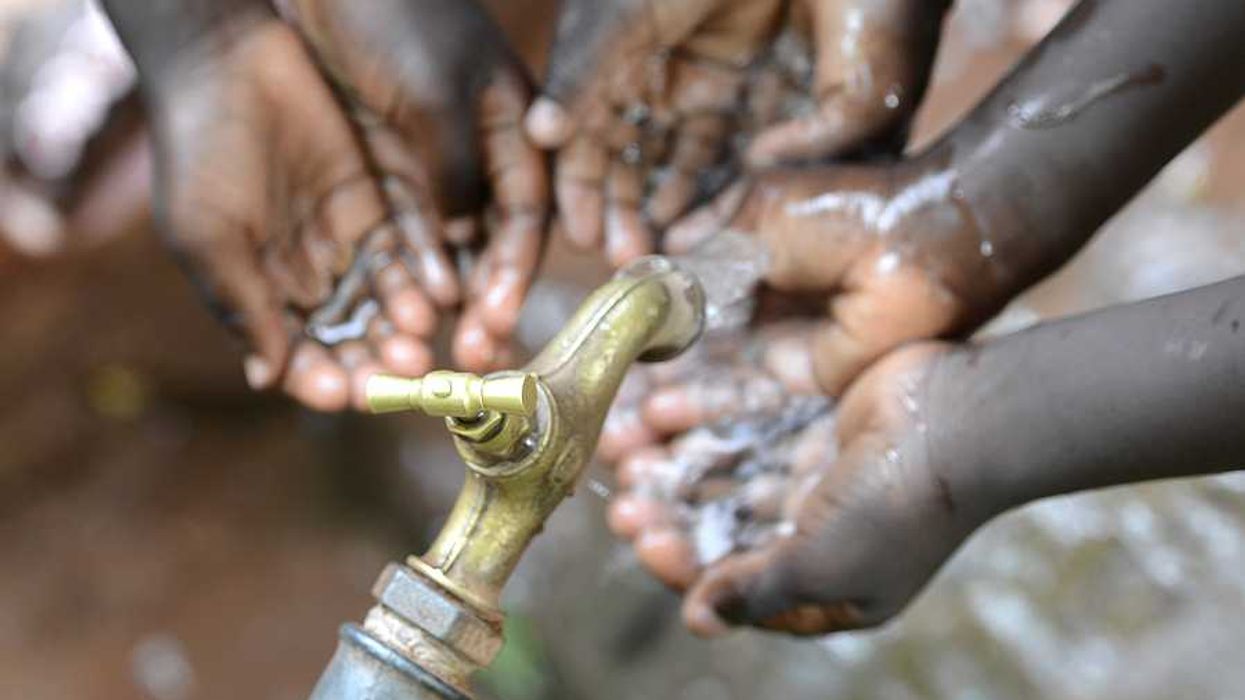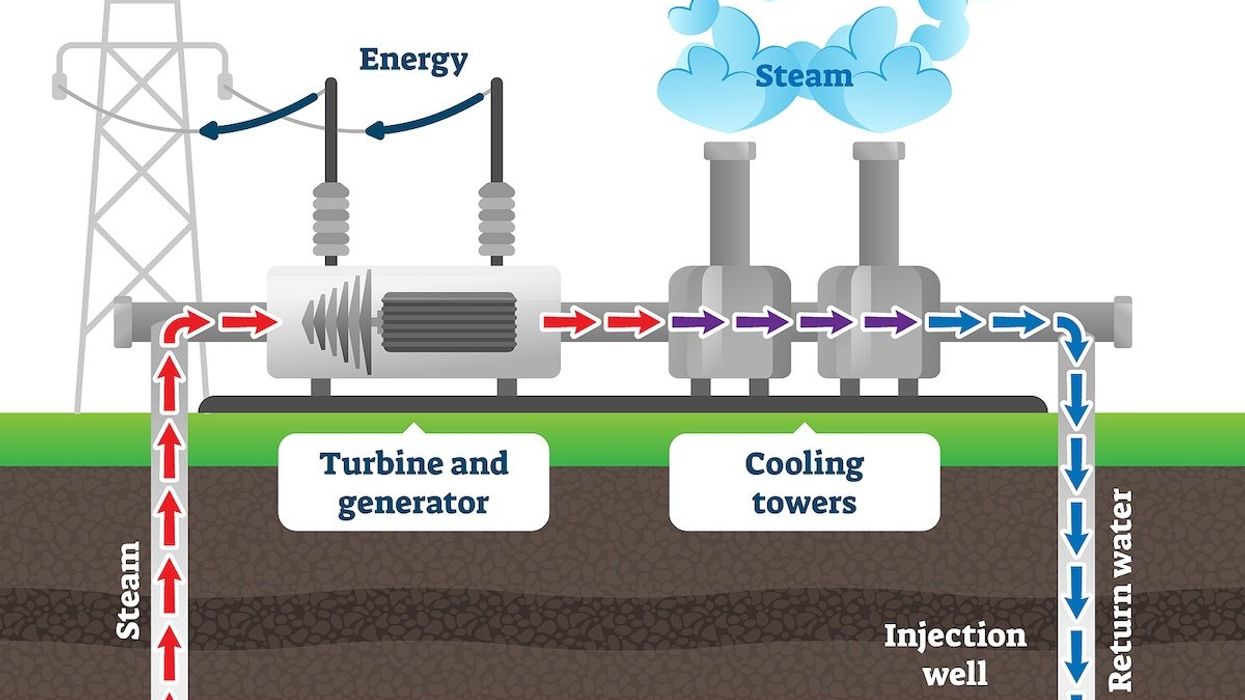A federal energy assistance program that helps low-income families pay utility bills is in limbo after Trump administration layoffs gutted the office responsible for distributing nearly $400 million in summer heat relief funds.
Nina Lakhani reports for The Guardian.
In short:
- The Department of Health and Human Services (HHS) cannot distribute the final 10% of Low Income Home Energy Assistance Program (LIHEAP) funds because it fired the 25-member staff who ran it, citing an “efficiency” initiative.
- State officials warn this could put millions at risk of utility shutoffs, especially in the South, where air conditioning access may be essential for survival during extreme heat events.
- Lawmakers and advocates are pressuring HHS Secretary Robert F. Kennedy Jr. to rehire the fired employees and release the money by May 1 so states can implement emergency summer programs.
Key quote:
"LIHEAP saves lives in states where summer heat and winter cold can be deadly."
— Mark Wolfe, energy economist and executive director of the National Energy Assistance Directors Association
Why this matters:
As climate change drives longer, deadlier heatwaves, the stakes of energy insecurity grow. Households that once relied on temporary fixes like fans, opened windows, or layering clothes now face weather extremes that can turn these inconveniences into fatal threats. In cities like Phoenix, where 113 consecutive days over 100 degrees were recorded last summer, heat-related deaths have surged, many occurring indoors in homes without functioning air conditioning. Yet more Americans are falling behind on energy bills amid inflation and stagnant wages, with one in six households now in arrears. Without programs like Liheap, these families risk shutoffs at the worst possible time.
Related: Trump’s layoffs freeze $380 million in energy aid as extreme heat looms














